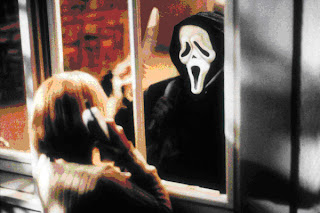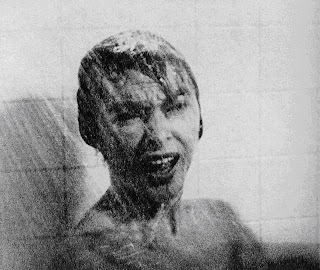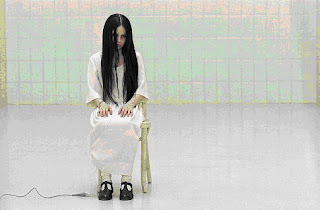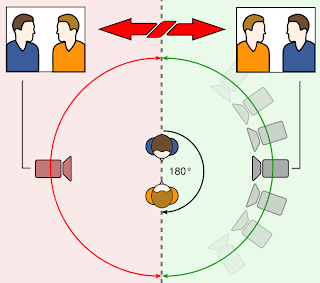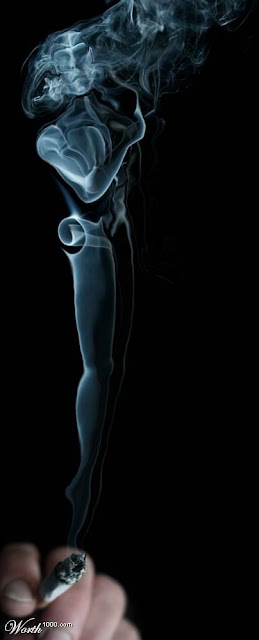1. Filming
We finally started to get a little bit creative and apply the theoretical stuff we learned about camera operating...
We were given the storyboards for the short scene we were supposed to shoot in our group of 5 people.
We casted two guys who we found in the Private Studies room and changed the story slightly, adding a mobile phone to it. Our location was the hurtwood film studio where we had a small white corner with two chair, a lamp and a cupboard as props and a door which we implied in the beginning and end of our scene, seeing Character A entering and leaving. This location worked quite well for our scene because it provides a very quiet atymosphere so the tense content of the scene is likely to be emphasized.
We kind of divided the responsibility during filming, so everyone had his own task or job to care about, although everybody was aware of everything that happened. I directed. -ish. This is what I'm most interested in as well. So I rather focused on what actually happened infront of the camera and on the screen than how the scene is framed and camera operations.
The lighting was a little difficult in the beginning because we had such a bright white room the actors looked a little too dark. But we sorted it out with white-balancing. Because it's just a preliminary task shoot and we only had an hour time to shoot, we didn't care more about creating a nicer looking lighting, otherwise we would have wanted a more moody light that matches the actual mysterious diegesis.
Filming... did we:
- set up camera correctly? Yes, without many problems.
- check the tripod was level (bubbling)? Yes.
- framed shot correctly each time? Well, we tried, but in sometimes we didn't pay enough attention on it which we regretted because in one shot we accidently cut off a small part of the actors top head but left space at the bottom of frame. That doesn't look good.
- made sure that lighting equipment and objects that not belong to the scene are not in the shot! YES
- chosing shots and angles: First we shot the wide and two shots, then the over the shoulder and close-ups. In the end we we filmed character A's entrance and leaving, establishing the closing door.
- 180-degree-rule: due to the wall infront of which we situated the two actors on the chairs prevented us from making the 180-degree-rule mistake (without actually knowing...).
- use of appropriate language and terminology: We did make use of this and since I was pretty much the director I shouted out: Stand-by! ... Action! ... Cut!
What I learned from this experience is more the technical aspects as setting up tripods and operating camera with everything that related to it. How approaching to film a scene (starting with what shot, terminology etc.) was quite familiar to me already.
It was fun though and I hope this is what the media course will exists of a bit more in proximate future.
2. Editing
We're now infront of the computer again. We upload our footage onto Final Cut. At first, the best shots are sorted out in a Log Bin we created in the programme. The Log Bin provides an organised overview and makes access to the best clips easier; it's located in the Browser which is to be seen in this Final Cut screenshot:
The best fitting clips for our scene were quite easy to find. We often only had two takes of one shot and then we chose the one where the camera operation was used more efficient or where the 'actors' did a better job. Sometimes a mistake in terms of wrong lines etc. happened, which was for us of course a reason to use the other take.
In one shot we liked and wanted to take was background noise, so we turned the volume of that down.
For the order of our shots, we used establishing and wide shots first, then showing the reaction and therefore facial expressions with Close-Ups. As soon Character A sits down on his chair we show the two together in a two shot.
I remember the difficulty was to create smooth transitions between cuts. I learned that I have to cut while an object\person moves to prevent weird jump cuts. It's also important to keep an eye on lighting and colors in the image because differences will disrupt the transition's smoothness.
This is a professional Final Cut programm key board... It has special keys to abridge the work.



